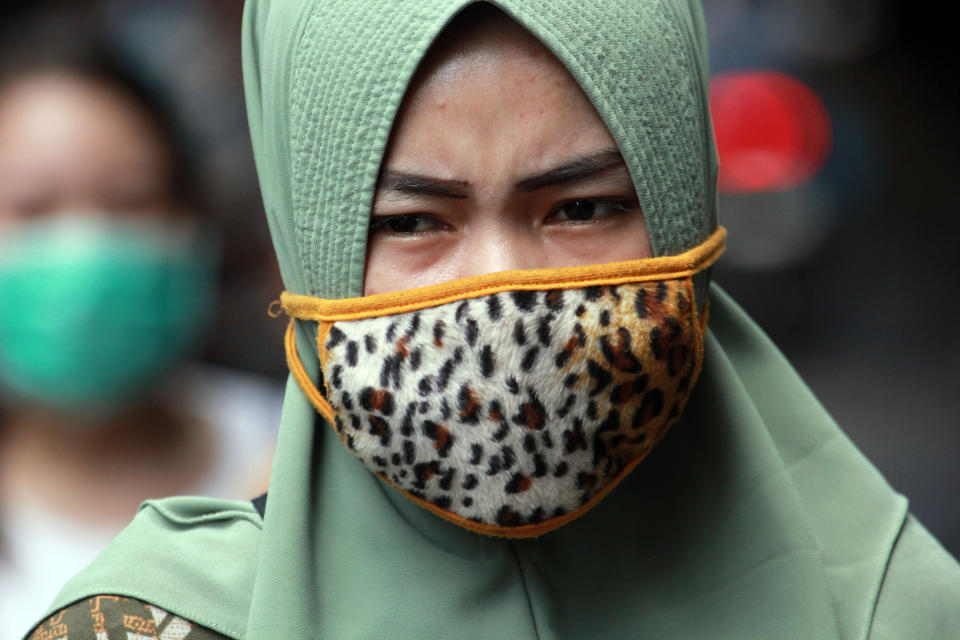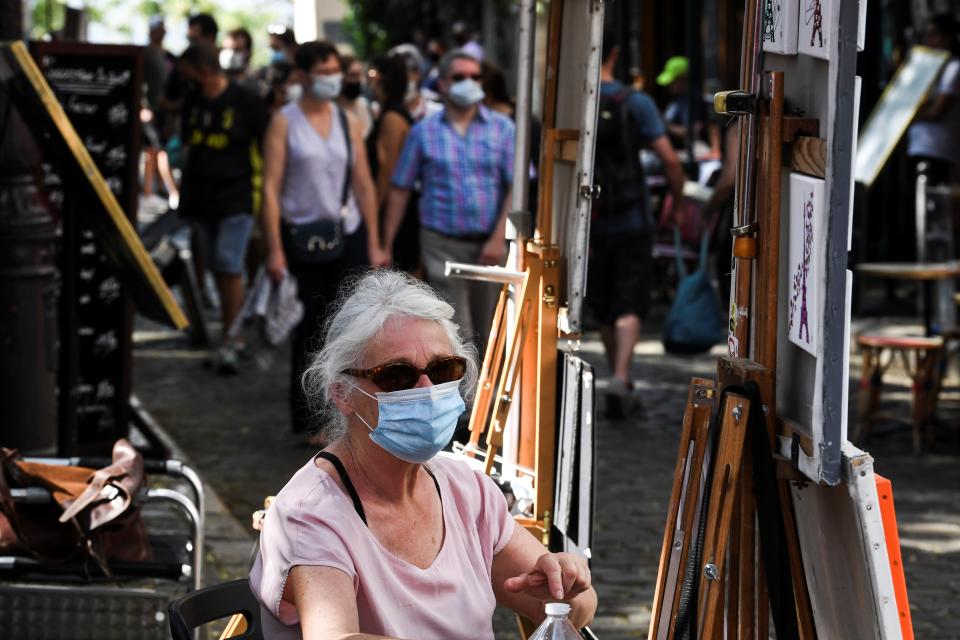What the world can learn from South Korea’s coronavirus response
Since the coronavirus outbreak was identified at the end of 2019, more than 20 million cases have been confirmed globally.
The variation between countries is vast. The US has been the worst hit with more than 5 million incidences, compared with just 10 in Western Sahara.
South Korea was among the most affected nations at the start, but has since been hailed a “model to emulate in fighting the pandemic”.
Read more: Russia's coronavirus vaccine has 'rather little detail'
To better understand how it overcame the outbreak, a researcher from the University of Colorado Denver analysed the public health policies in place between January and April.
He concluded South Korea’s national infectious disease plan, collaboration with the private sector, stringent contact tracing, adaptive healthcare system and government-driven communication were all “critical” to it “flattening the curve without paralysing health and economic systems”.
South Korea has had 14,660 confirmed cases since the outbreak came to light – considerably fewer than the UK’s 313,393.

South Korea recorded its first coronavirus case on January 20, followed by the first patient death a month later.
As its incidence number surged to more than 3,000, the country had the highest number of cases outside of China until early March, before “slowing the spread in a relatively short period”.
Read more: Chronic fatigue emerging as coronavirus complication
The South Korean government shared its coronavirus response in the report “Tackling COVID-19: Health, Quarantine and Economic Measures of South Korea”, published 31 March. COVID-19 is the disease that can be caused by the coronavirus.
The report summarised South Korea’s response as: speedy and swift action, “3T” measures (testing, tracing and treating), and public–private cooperation and civic awareness.
Officials also labelled it the “TRUST” strategy – Transparency, Robust screening and quarantine, Unique but universally applicable testing, Strict control, and Treatment.
South Korea ‘addressed past mistakes’
In January, South Korean health officials developed and evaluated a polymerase chain reaction (PCR) diagnostic test.
Later adopted by the UK, suspected patients have a nasal or deep throat swab. The sample is then sent off to a laboratory where any trace of a virus’ genetic material is amplified to reveal an infection.
By February, the diagnostic kit was authorised. As of 9 March, 15,971 kits had been produced, which were capable of testing 522,700 people.
As of 15 April, South Korea had tested 534,552 people for the coronavirus – 10.4 in every one thousand of the population.
Read more: Harvard scientist calls for ‘crappy’ coronavirus tests
It also set up 600 screening sites, 71 of which were drive-through.
When it came to contact tracing, something the UK government has being criticised for, South Korean officials carried out “rigorous and extensive” interviews with patients.
Perhaps controversially, this was backed by analysing medical records, and credit card and GPS data.
“The South Korean government proactively found patients who contracted coronavirus, disclosed epidemiologic findings of confirmed patients to the public, and provided differentiated treatments based on the severity of symptoms,” wrote study author Jongeun You in The American Review of Public Administration journal.
After a localised outbreak of the fellow-coronavirus strain Middle East Respiratory Syndrome (Mers) in 2015, the South Korean government expanded its legal and administrative boundaries for pandemic responses.
This enabled local authorities to make quick policy decisions at a regional level.
Financially, the South Korean government and national health insurance programme shouldered the full cost of coronavirus testing, quarantining, and treatment for both citizens and non-citizens.
On 17 March, the South Korean Legislature passed the supplementary budget of 11.7 trillion KRW ($10.1 billion/£7.7 billion) in 12 days.
That same month, the Korean Ministry of Health and Welfare’s supplementary budget of 3.7 trillion KRW ($3.2 billion/£2.4 billion) enabled it to increase prevention and treatment facilities, while supporting medical institutions and workers.
“South Korea changed existing policies to address past mistakes, built capacity in advance and was prepared to respond to this unprecedented threat,” wrote You.

Document ‘successes and struggles’
When it comes to what the world can learn from South Korea’s approach, You said: “There are many variables to consider when emulating policies from other countries.
“South Korea's extensive surveillance and contact tracing using ICT (information and communications technology) may not be applicable at the federal level in the US due to different cultural norms.
“Unlike other major nations, South Korea has a mostly homogenous cultural and institutional structure, which enabled the policies put in place by the government to become effective.”
A 2020 survey found more than four in five (84%) South Koreans accept the loss of privacy as a necessary trade-off for public health security.
You added, however, the US could have adopted South Korea’s ability to quickly ramp up testing.
Officials in the Asian country had this in place by the end of January after a fast review from the Korean Food and Drug Administration (FDA).
On 12 February, when public and private laboratories had not yet received approval from the US FDA for their own tests, the US Centers for Disease Control and Prevention revealed a kit it designed contained a faulty reagent.
Finally, You recommends officials around the world meticulously – and quickly – document everything.
“Though many solutions are emerging, I believe one essential solution for public administrators is to collect documentation about their successes and struggles, and what they hear from citizens and residents about policy implementation and communication,” he said.


